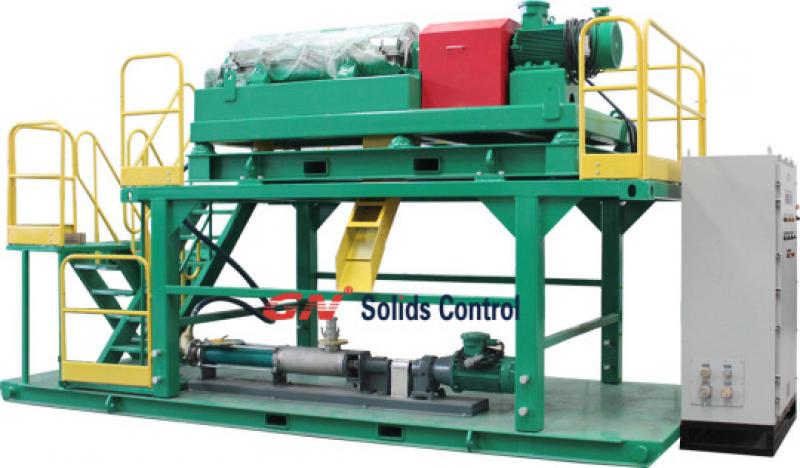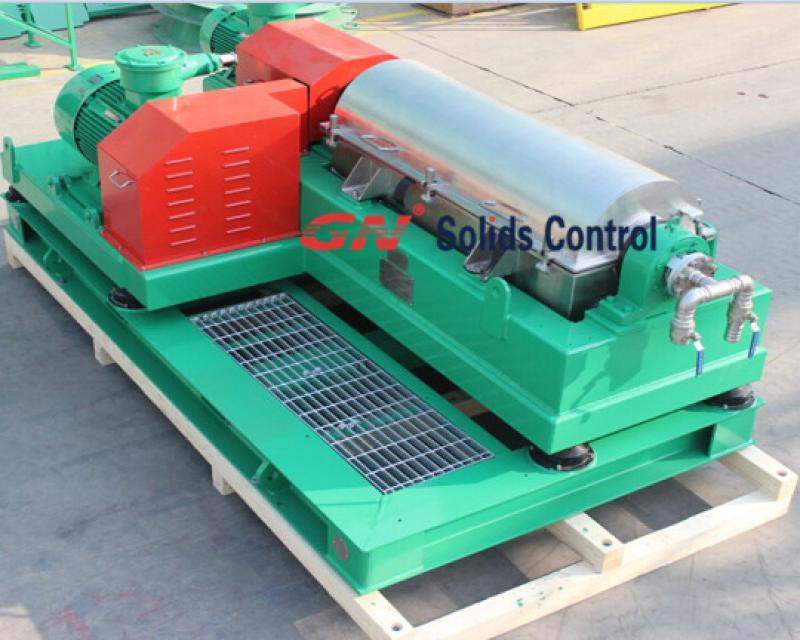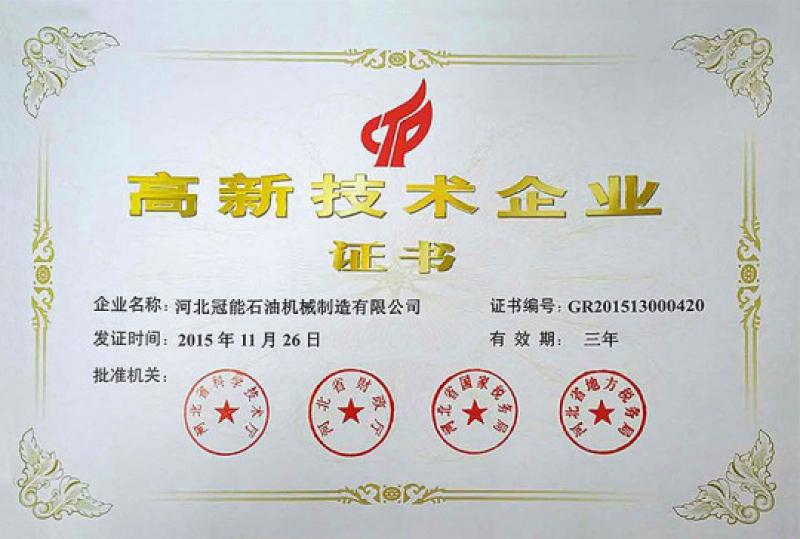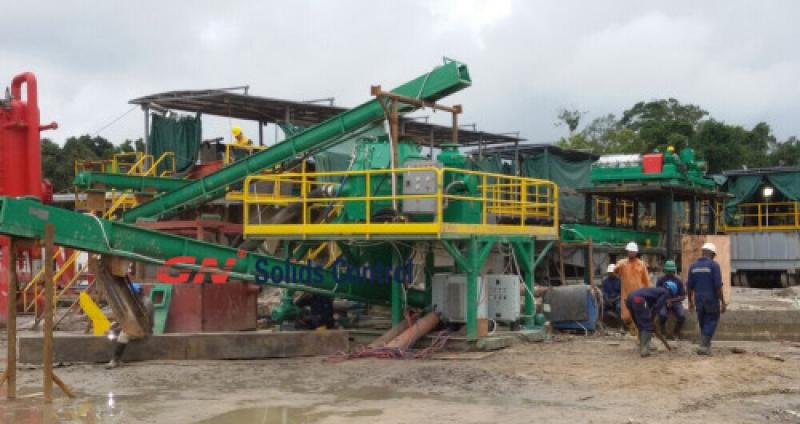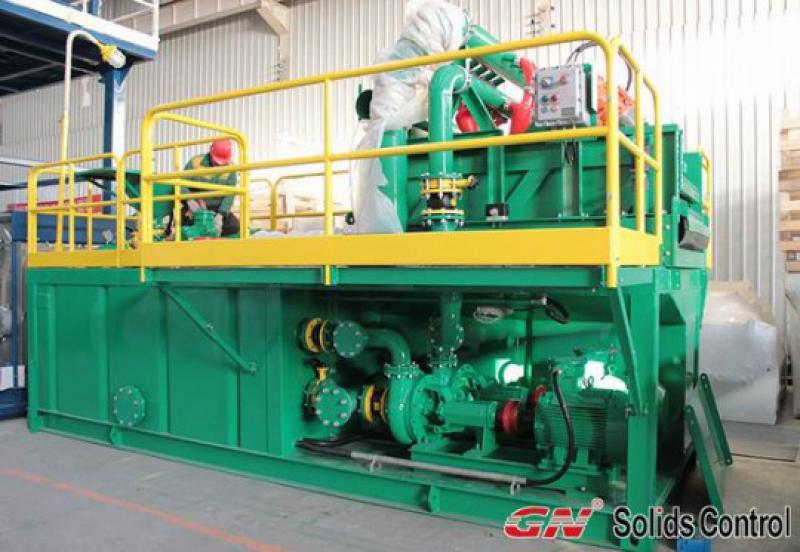Often
the negative affect from the essential oil crash has spread to many market
sectors related including the HDD tasks. But as the leading and popular HDD mud
system supplier, GN
Solids Control have orders and repeated orders placed from the old clients.
By simply end of last year, GN Solids Control has just provided a high
configuration of mud systems for a HDD undertaking. Now the end user is
actually laying a repeated obtain for the same mud system, in fact it is
scheduled to be ready earlier after Chinese New Year.
Not simply for the oversea market, playing with domestic China, 500GPM mud
recycling system is still the most used option for HDD plans. CPP, the largest
HDD written agreement in China, purchase all-around 10 sets of mud
recycling systems from GN Solids Control each year, and quite a few of
those are of 500GPM capacity.
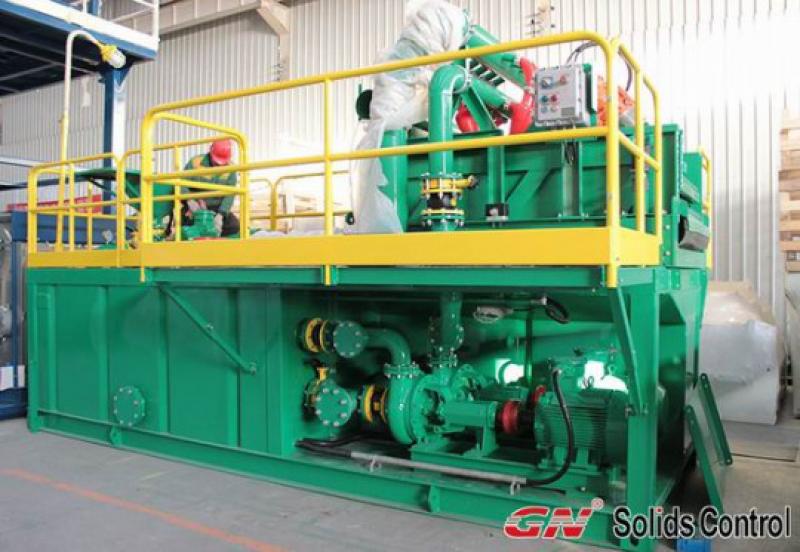
Main Equipments with regard to Standard Configuration GNMS five hundred Mud
System:
Shale shaker: GNZS703E-DZ, 1 set
Mud Cleaner: GNZJ703E-D1S8N, 1 established
Mud Cleaner Feeding Pump: GNSB6*5A-37KW, 2 sets, employed respectively for desander cones and
desilter cones
Mixing Hopper: GNSLS35A, 1 placed
Mixing Pump: GNSB6*5A-37KW, one particular set, same specification while mud
cleaner feeding pump.
Mud Agitator: GNJBQ 075D, single layer impeller together with 7. 5KW motor, one
set
Mud Gun: GNNJQ50A, 2 inch mud gun, 1 set
Besides this particular standard configuration of mud recycling system, GN has
also GNMS-500GL mud recycling system, the main equipment for dealing with are
exactly same, though the storage capacity of GNMS-500GL will be larger.
And for HDD mud recycling systems, GN offers other treating capacity
alternatives for option, like 200GPM and 1000 GPM.
In the case of piling or so called TBM projects, there are simpler treatments
for option. Because intended for piling projects, the drilling media is mostly
water, you don’t need to to add more chemicals with it, and the treating result
is just not so strict.
If you have a lot more questions, contact us freely.
